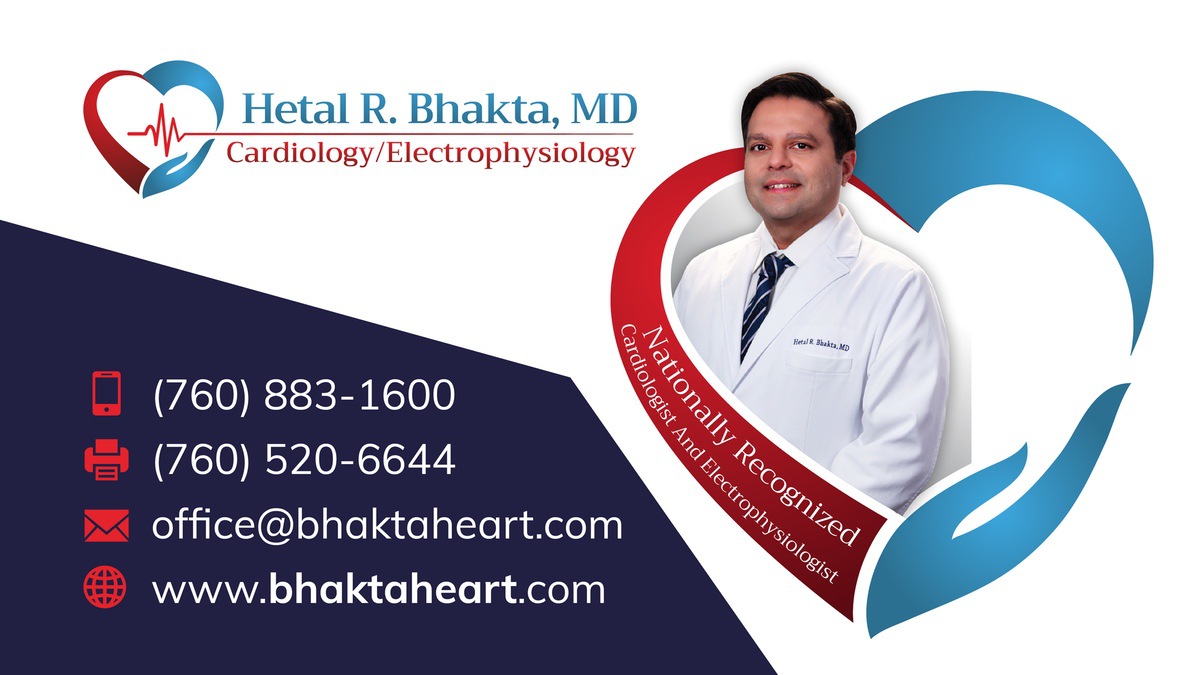A computerized (or computed) tomography (CAT or CT) scan is a special type of x-ray. Although a CAT scan is used to get images of many parts of the body, let’s use the example of the heart. A traditional x-ray shows two dimensional images of the heart-its length and width. But a CAT scan uses an x-ray machine that moves around your body and takes multiple images of the heart. As small amounts of x-rays pass through your body, different types of tissue absorb different amounts of the x-rays. This helps provide a more precise image compared to a traditional x-ray.
The CAT scan images are viewed together on a video monitor, offering a three dimensional view-length, width, and depth. Because it is a three-dimensional image, a CAT scan offers a much better picture of the entire heart than a traditional two-dimensional x-ray can.
A CAT scan is used to detect many health conditions-tumors, for example, or bone problems like osteoporosis. As it relates to heart and blood vessel disease, a CAT scan is often used to identify:
When you have a computed tomography (CAT) scan, you typically undress and put on a hospital gown or sheet. You lie on an exam table. As the test begins, the table slowly moves inside a doughnut-shaped machine.
Sometimes you receive a contrast dye-usually through an intravenous (IV) line that is put into your arm. The dye allows your heart or blood vessels to show up as images on a monitor. For instance, if the test is being done to look at your blood vessels, the dye makes them visible almost like roads on a map. You might notice some effects from the dye:
The technician asks you to hold your body still during the scan. Sometimes pillows and/or straps help you start in the same position. As the x-ray tube rotates around your body, the table slowly moves through the machine. You might be asked to hold your breath at certain times during the scan. Although the CAT scan is generally not a painful test, you may feel uncomfortable from having to lie in one position during the test anywhere from 15 to 60 minutes.

Our knowledgeable and courteous staff will help set up a consultation for you, schedule surgical procedures, discuss your insurance, and answer any questions you may have.


